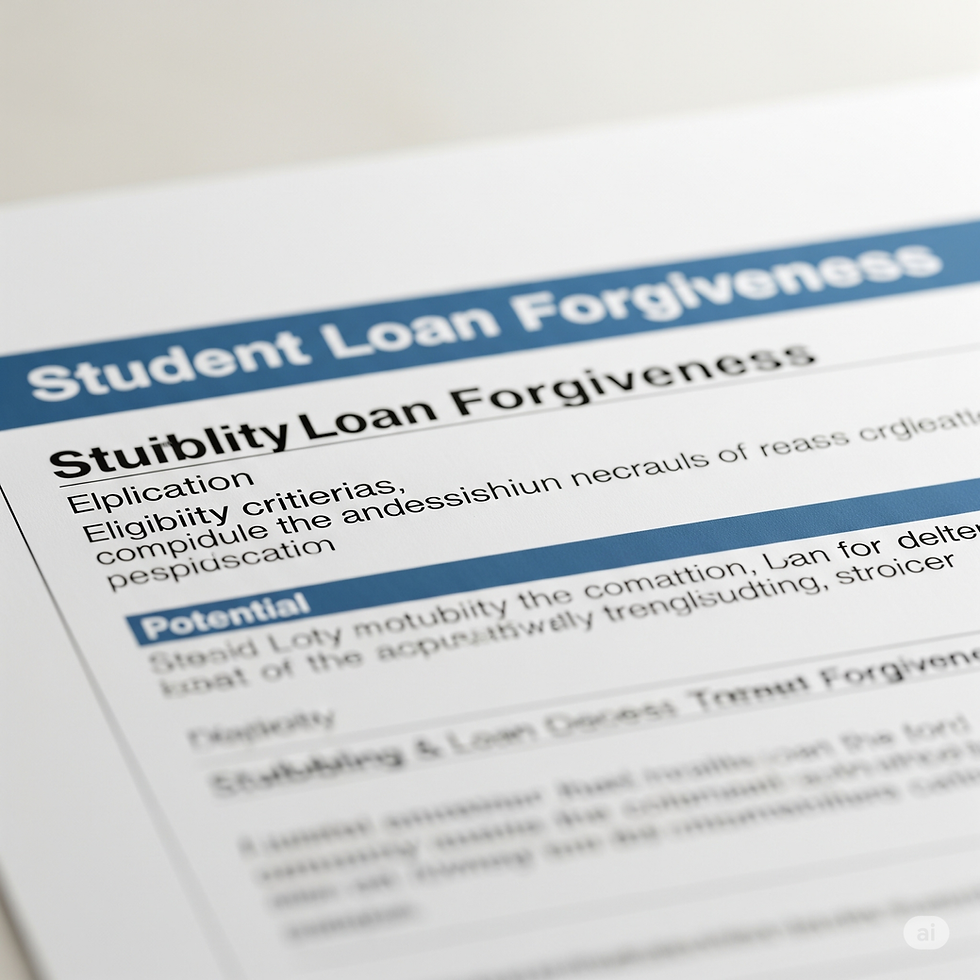Hybrid Classrooms: The Best of Online & Offline Learning
- Test Mail
- 3 days ago
- 3 min read
The education system has undergone a massive transformation in recent years, with hybrid classrooms emerging as the perfect blend of traditional and digital learning. Combining the best of online flexibility with offline engagement, hybrid learning is shaping the future of education.
In this article, we’ll explore what hybrid classrooms are, their benefits, challenges, and best practices for making them successful.

What Are Hybrid Classrooms?
A hybrid classroom is a learning model where students experience both in-person and online education. Some students attend physically, while others join virtually via platforms like Zoom, Google Classroom, or Microsoft Teams. This approach ensures flexibility, accessibility, and continuity in education—whether due to distance, health concerns, or personal preferences.
Key Features of Hybrid Learning:
✔ Blended Instruction – Teachers deliver lessons both face-to-face and online.
✔ Interactive Technology – Tools like smartboards, LMS (Learning Management Systems), and AI-driven apps enhance engagement.
✔ Self-Paced Learning – Students can revisit recorded lectures and study at their own speed.
✔ Collaborative Learning – Group projects and discussions happen both offline and online.
5 Major Benefits of Hybrid Classrooms
1. Flexibility for Students & Teachers
Hybrid learning allows students to choose how they attend classes—whether in person or remotely. Teachers can also record lectures, making it easier for students to revisit lessons.
2. Increased Accessibility
Students from remote areas or with health issues can still participate without missing out. This makes education more inclusive and equitable.
3. Better Engagement Through Technology
With tools like interactive quizzes, virtual labs, and gamified learning, hybrid classrooms make education more dynamic and engaging.
4. Cost & Time Efficiency
Schools can reduce infrastructure costs, and students save time on commuting. Online resources also cut down on textbook expenses.
5. Prepares Students for the Digital Future
Hybrid learning teaches students digital literacy, self-discipline, and tech skills—essential for future careers.
Challenges of Hybrid Classrooms & How to Overcome Them
While hybrid learning has many advantages, it also comes with challenges:
1. Internet & Device Accessibility
Not all students have high-speed internet or laptops.
✅ Solution: Schools can provide loaner devices or offline study materials.
2. Maintaining Student Engagement
Online learners may feel disconnected.
✅ Solution: Use interactive polls, breakout rooms, and gamification to keep them involved.
3. Teacher Workload & Training
Managing both offline and online students can be overwhelming.
✅ Solution: Provide teacher training on hybrid tools and automate grading with AI.
4. Technical Glitches
Software crashes or connectivity issues can disrupt learning.
✅ Solution: Have a backup plan, like recorded lectures or WhatsApp groups for updates.
Best Practices for Effective Hybrid Learning
1. Use the Right EdTech Tools
LMS Platforms (Moodle, Canvas, Blackboard)
Video Conferencing (Zoom, Google Meet)
Interactive Apps (Kahoot!, Nearpod, Padlet)
2. Encourage Collaboration
Group projects with mixed online & offline teams
Peer discussions via forums or chat groups
3. Record & Share Lectures
Upload sessions for students who miss classes
Create short recap videos for revision
4. Regular Feedback & Assessments
Use online quizzes for instant feedback
Conduct weekly check-ins with students
5. Train Teachers & Students
Workshops on digital tools & hybrid teaching methods
Guidelines for online etiquette & time management
The Future of Hybrid Classrooms
Hybrid learning is here to stay and will only get better with advancements in:
🔹 AI-Powered Learning Assistants – Personalized tutoring for students.
🔹 Virtual & Augmented Reality (VR/AR) – Immersive lab simulations.
🔹 Blockchain for Certifications – Secure digital credentials.
🔹 5G & Faster Internet – Smoother online learning experiences.
Final Thoughts
Hybrid classrooms offer the best of both worlds—combining the social interaction of offline classes with the convenience of online learning. While challenges exist, proper planning, teacher training, and student engagement strategies can make hybrid education highly effective.
As technology evolves, hybrid learning will become smarter, more interactive, and more accessible, ensuring that no student is left behind.



Comments